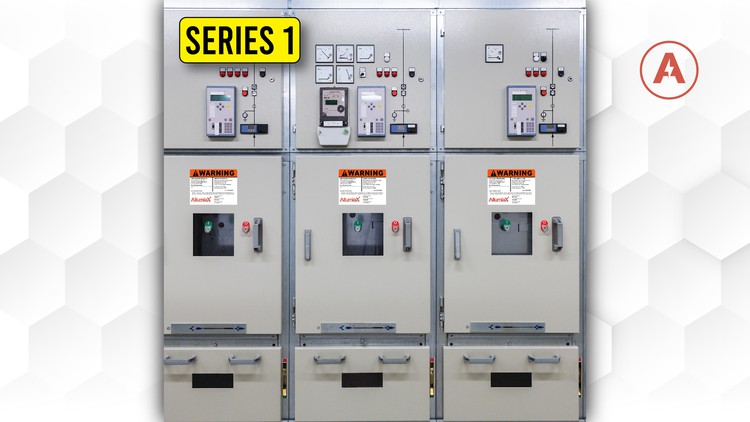
Series 1
What you will learn
This course aims to teach you all the fundamentals of Power System Protection in much detail,
Protective Relays and how Selective Coordination Study can be done for power system protection
Mechanism and applications of protective relays and Fault Analysis in Power Systems
You can learn more about Fault Analysis in Power Systems and Symmetrical components in next series
Description
Power System Protection Fundamentals
When we think about the operation, construction, and components used in Power systems. The most important factor which may lead to severe damage when neglected is the protection of Power System. Power System protection is the most essential and crucial study of Electrical Power systems which deals with the different schemes for power system protection. This course aims to teach you all the fundamentals of Power System Protection in much detail.
This course will cover the requirements needed to design protective devices and the applications of these devices through a schematic diagram. Furthermore, this course will analyze the effects of all types of faults in power systems along with the easy hand on calculations. To develop your strong concept on fault analysis we will discuss how faults can be identified by analyzing waveforms. Lastly, you will learn the most tedious and complex theory of symmetrical components that are found in different types of faults.
What you will learn?
Types of Protective Relays and Design Requirements
• 6 parts 0.5+ hours
• Design and working Mechanism of a Relay
• How relays are designed
• Mechanism and Applications of Different types of relays
Power System Selective Coordination Study
• 6 parts 0.5 hours
• Why do we need Selective Coordination?
• How to achieve coordination
• Learn Time current characteristic curves for different breakers
Fault Analysis in Power Systems
(Some parts are discussed in this series but We will continue from here in our series 2 of this course)
• 15 parts 2+ hours
• Analyze different faults in Power System
• Build strong concept on sequence current and voltage quantities
• Learn how to hand calculate the current and voltage quantities for various fault
• How to analyze faults from high and low voltage sides of the transformer
Fault Analysis using Waveforms
• 2 videos 0.5+ hours
• Analyze practical fault event
• Learn how to find direction of power flowing
• Find out system phase rotation by voltage waveforms
• Learn how to find which type of fault occurred
• Unlock ways to identify the correct operation of relay as expected
Fault Analysis and Construction Sequence Network Diagrams
• Learn about sequence components in various faults
• How the sequence network diagrams are derived
Introduction to Symmetrical Components
(You can learn this in our series 3)
• 14 videos 1.5+ hours
• Understand the complex theory of symmetrical components
• Learn the building of symmetrical components
• Understand the A operator for ABC phase sequence
A quick word from GeneralPAC
We add value by creating very insightful, highly engaging, and simply intuitive power system video tutorials and courses. Our objective is to sharpen YOUR skills and further YOUR understanding of these concepts.
Our promise is to make the fundamental series available to everyone who cannot afford it. This promise is fueled by our community, our fans, and our sponsors. If you can afford to purchase this video, please be considerate and fair at the checkout window. Remember, our objective is to sharpen YOUR skills and further YOUR understanding of these concepts.
It takes almost 12 hours to complete videos including making of conceptual script, audio, and video recording as we put our efforts and time to brainstorm creative ways so that you have a strong understanding of each topic. It’s no wonder why thousands of students and professionals have trusted our video and hundreds of thousands of people have watched, liked, subscribed, and left positive comments on our GPAC YouTube channel.
Lastly, our video tutorials are not here to replace the way we traditionally learn about power systems through classroom environment, or reading textbooks, or learning from peers and tribal knowledge within your career, or hands-on & on-the-job learning. We simply supplement the traditional methods with a modern, flexible, and intuitive approach. We believe in providing a platform where students from all communities can ask their questions and provide detailed answers to each question making Power System learning easy and captivating.